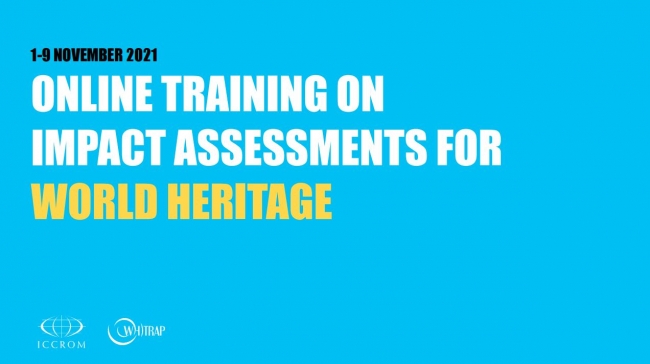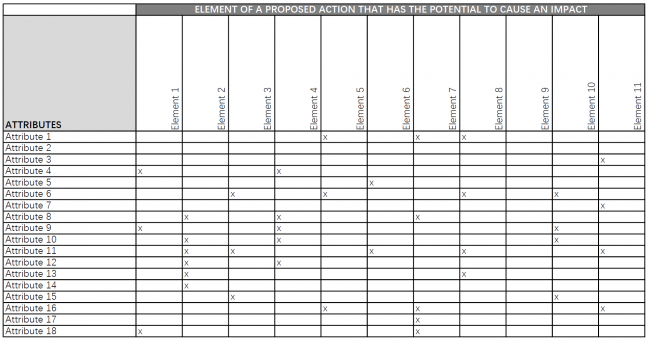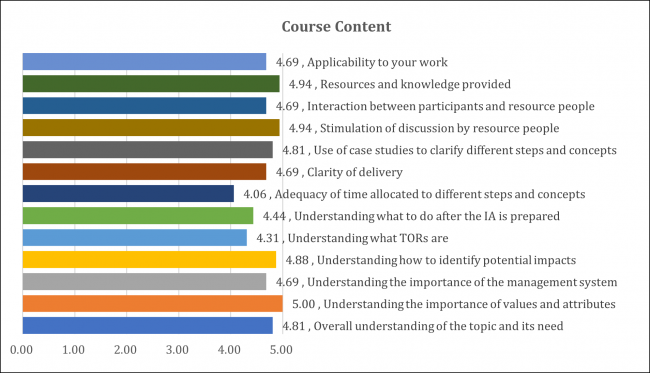| The 2021 International Online Training on Impact Assessments for World Heritage |
| From:WHITRAP Shanghai Author:LI Hong, WEN Jingling PublishDate:2021-12-30 Hits:3591 |
From November 1 to November 9, the 2021 Training Course on Impact Assessments for World Heritage is held online by WHITRAP Shanghai and ICCROM, in partnership with Shanghai Tongji Urban Planning and Design Institute Co., Ltd. (TJUPDI), IUCN and Norwegian Ministry of Climate and Environment.
20 participants from 20 countries are attending the course, among which 11 are from Asia and the Pacific region. Participants come from a variety of professional backgrounds: 8 of them are from governments, 7 from companies and institutes, and 5 from colleges and universities. WHITRAP Shanghai together with ICCROM, has organized 5 sessions of training on Heritage Impact Assessment since 2012, for the increasing development pressure at World Heritage properties. In 2021, due to the pandemic, it is the first time for WHITRAP to develop the completely online training. The original training model and tools are re-designed based on the new requirements. The updated Guidance and Toolkit for Impact Assessment in a World Heritage Context (the Guidance), hypothetical case study and individual exercises are introduced during the training. 9 resource persons are invited from ICOMOS, ICCROM, IUCN, UNESCO Bangkok and WHITRAP. In general, the training is composed of three parts. The values-based management, the methodology for impact assessment for World Heritage, and the exercises of impact assessments. Values-based Management The values-based approach is the core to World Heritage management and values are identified by people and are fundamental to all the processes of management of heritage. The Outstanding Universal Value (OUV) is the basis for the protection and management of World Heritage site, while other significant values should not be ignored. The management is no longer limited to the heritage itself, but they are also concerned with social, economic and environment development. Heritage conservation and management goals should be aligned with sustainable development goals, and Heritage Impact Assessment is one of the tools that help achieve those goals.
Methodology for Impact Assessment for World Heritage
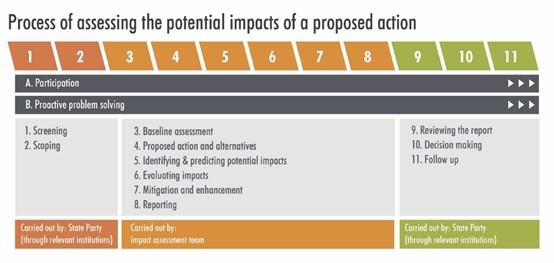 Fig.1 Process of Heritage Impact Assessment Source: Guidance and Toolkit for Impact Assessment in a World Heritage Context
This guidance highlights the fact that A. participation of rights-holders and stakeholders, and B. proactive problem-solving should take place throughout the impact assessment process. A human rights-based approach as well as the United Nations Declaration on the Rights of Indigenous Peoples are considered and used. Proactive problem solving is to consider alternatives and mitigation on site. The 11 steps of impact assessment are divided into three phases. The first phase is the preparation for impact assessment, including screening and scoping. It is usually carried out by the State Party through relevant institutes. According to the Guidance, the steps are as follows: 1. Screening: the first step to decide whether an assessment is necessary. Early consideration of the proposed action and its the potential impact to OUV and other value is needed.
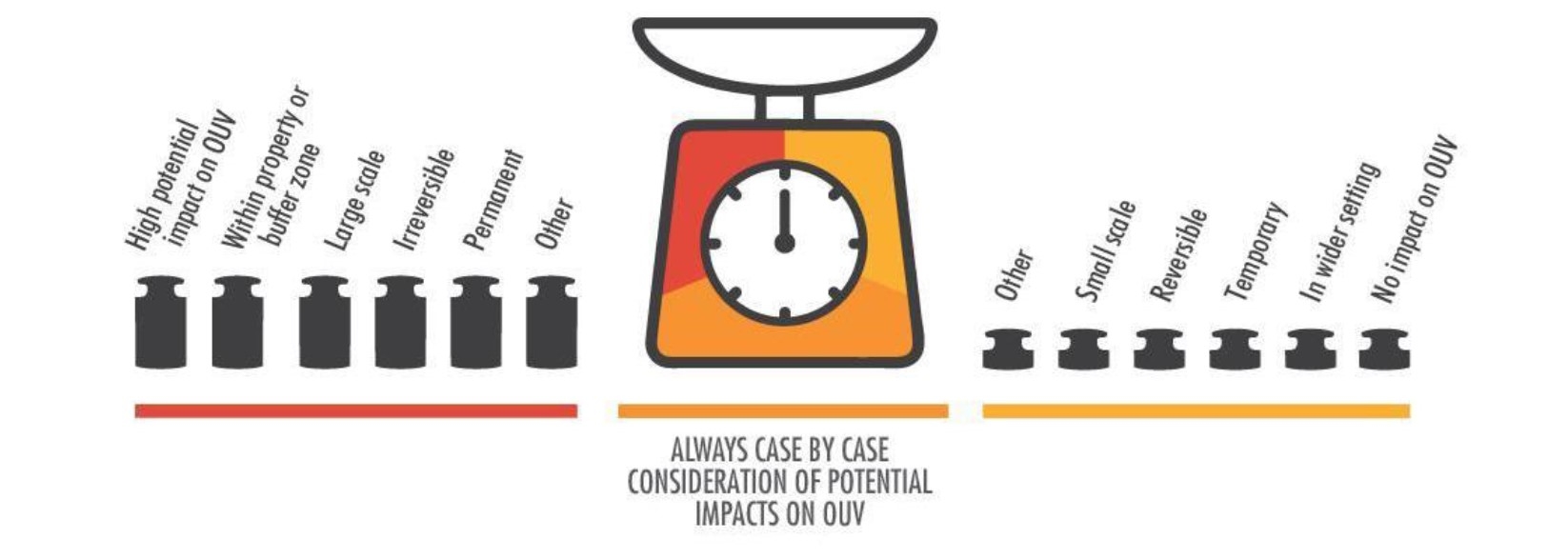 Fig.2 Factors of screening in impact assessment
Source: Guidance and Toolkit for Impact Assessment in a World Heritage Context
2. Scoping: the scope of assessment includes the geographical boundary of the assessment, the topics analyzed, and possibly the alternatives to be considered. The second phase, from step 3 to step 8, is the core work for impact assessment, and it is typically carried out by the impact assessment team. 3. Baseline assessment: the World Heritage property’s OUV, other values, attributes, boundary, buffer zone, and wider setting – see Tool 1.
4. The proposed action and alternatives: the proposed action in detail including any associated works at different stages.
5. Identifying and predicting impacts: identifying and predicting the range of impacts – see Tool 2.
6. Evaluating impacts and 7. Mitigation and enhancement: grade or rank the level of impacts, and consider alternatives or mitigation to avoid or reduce impacts. It’s usually not acceptable to lose, damage or alter OUV – see Tool 3.
8. Reporting: conclusion of the impact assessment to be communicated. The third phase of the impact assessment is the post-assessment activities, which will also be carried out by the State Party and involve reviewing the report, decision making and follow up. 9. Reviewing: the impact assessment report should be made available to rights-holders, other stakeholders and the wider public.
10. Decision-making: State Parties take decisions regarding proposed actions with fully considered with the objectives of safeguarding these exceptional places. 11. Follow-up: the impacts of the proposed action and the effectiveness of the mitigation measures should be monitored and inform relative authorities. Exercises of Impact Assessments
These exercises use the hypothetical case The Blue Sea Marine Park and the Old Town of Heritopolis and individual case. Resource persons lead the Participants to complete the impact assessment of Heritopolis by three above-mentioned tools, and then independently finish the assessments of their own cases.
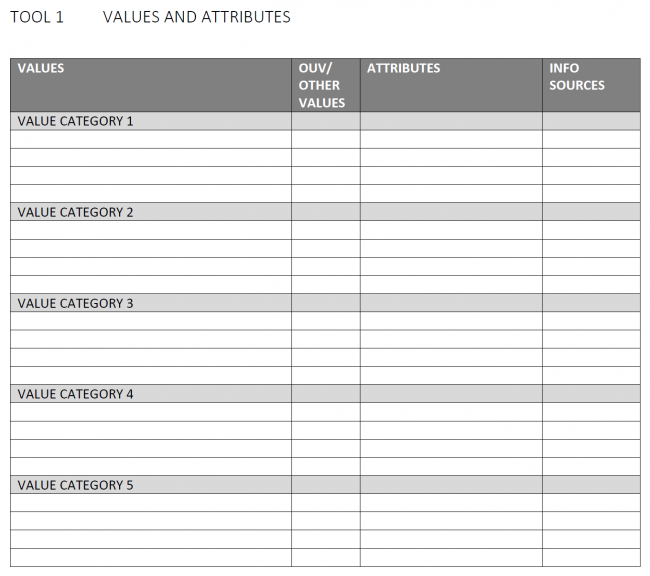 Fig.3 Tool 1: Values and Attributes
Source: ICCROM
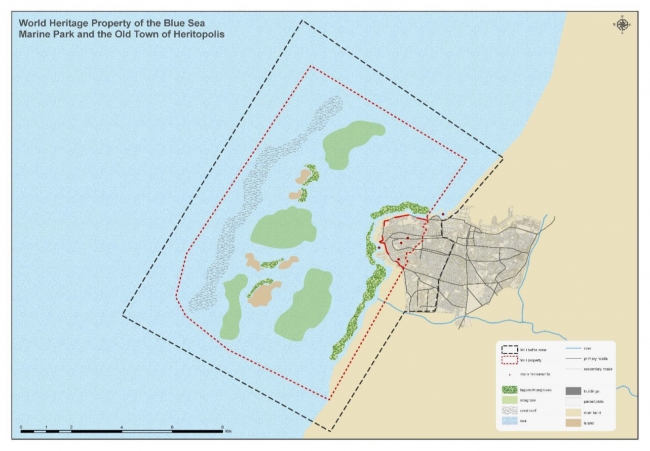 Fig.4 The Blue Sea Marine Park and the Old Town of Heritopolis
Source: ICCROM
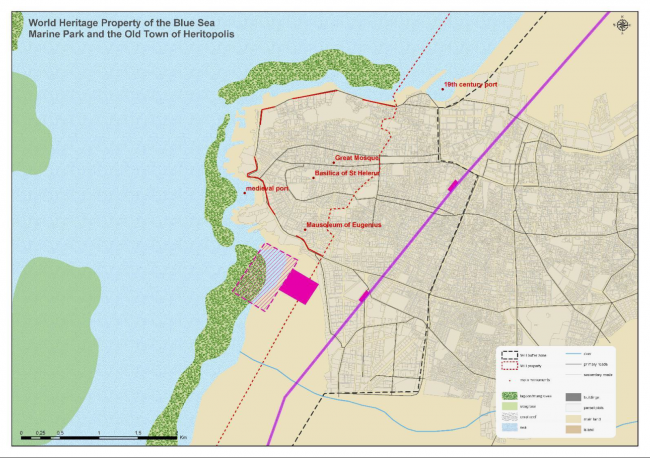 Fig.5 The Railway Project with Two Stations and a Resort
Source: ICCROM
In Tool 2 (see Fig 6), participants need to identify potential impacts. After analyzing the proposed project and the property, participants list all the elements of the proposed action that have the potential to cause impacts and match them with the attributes founded in Tool 1.
Fig.6 Tool 2: Identify Impacts
Source: ICCROM
The affected attributes and related actions are listed in Tool 3, and the potential impacts are described. Participants judge whether the impact is reversible, how long it lasts, how often it happens, and the type and degree of the impact. The final evaluation concludes whether the impact is neutral, slight, moderate or large, with matching colors attached. Some participants also add mitigation measures in Tool 3 (see Fig 7). 
Fig.7 Tool 3: Evaluate Impacts Source: ICCROM
Due to the pandemic, participants are encouraged to use their own case to follow the process of impact assessment and make the final presentation (see Table 1).
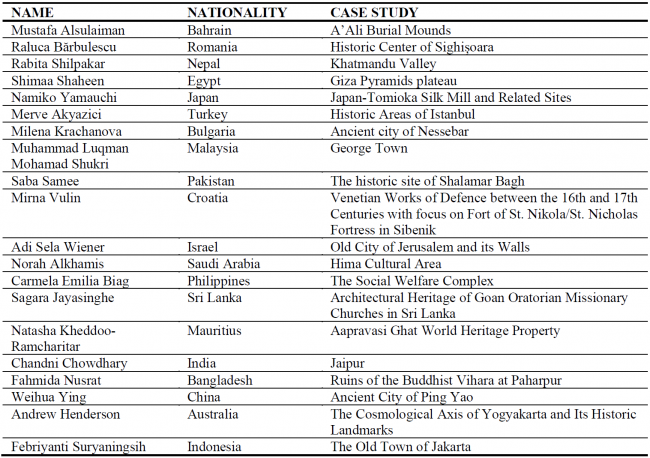 Tab.1 Individual Case Studies
Source: WHITRAP Shanghai
In the final presentation, participants break down the values and attributes of their own cases, focusing on the Statement of Outstanding Universal Value, criteria, authenticity and integrity of the World Heritage, as well as reviewing numerous documents and analyzing other important values. Participants also analyze proposed projects that influence the heritages, using methods such as photomontage to visualize their designs and scales, and further summarize the characteristics and nature of the projects. On this basis, the impacts of each phase of the projects are identified and evaluated according to the method provided by the three tools. After that, participants provide detailed recommendations and mitigation measures, and list areas of research and specialists needed.
Furthermore, some participants also put forward suggestions on heritage management and governance. The assessments take the local people into account and respect their opinion. This makes the impact assessments more comprehensive. All participants do well in the final presentation and are highly appreciated by resource persons. Through the study of the hypothetical case and their own practical exercises, participants gained a deeper understanding of impact assessment. Evaluation
General Organization: Participants are satisfied with the overall organization of the course, all the items get the score above 4. While participants are expected to extend the length of the course, especially in group discussion and exercises. 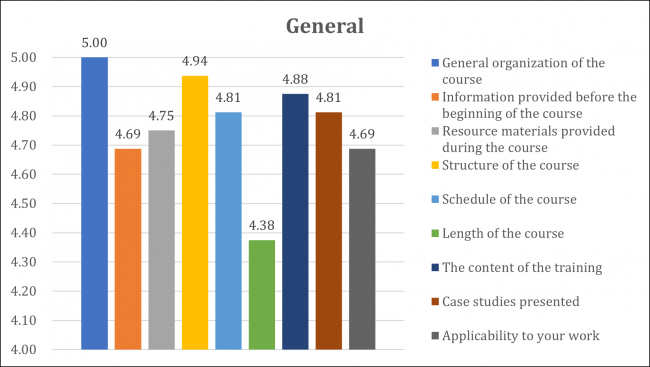
Fig.8 Evaluation of the General Organization of the Course Source: WHITRAP Shanghai Course Content: the courses fully demonstrate the process and methods of World Heritage Impact Assessment through the updated Guidance and three tools. Notably, participants are well equipped to identify the values and attributes of heritages from existing materials and classify them for subsequent impact assessment. But at the same time, participants suggest that some steps and concepts should be elaborated and developed by allocating more time.
Fig.9 Evaluation of the Course Content
Source: WHITRAP Shanghai
Technical Implementation: due to the pandemic, a package of online software is prepared for presentations and communications, and these software function well for all participants during the training. Although a small number of our participants occasionally encounter network issues, the whole training runs favorably and efficiently with the help of the online software. Recommendations: participants are satisfied that the resource persons present impact assessment process and related issues in a way that is clear and intelligible. More than half of the participants suggest spending more time in group discussions and final assessments. There should be more analysis of the actual cases and going deep into Tool 2 and Tool 3. Course Follow-up: almost all participants would like to share the course materials to their supervisors and colleagues. They would like to stay updated on the courses and activities related to HIA/ESIA as well as management and monitoring of World Heritage properties. A number of participants share with us the projects they are working on, and they believe that what they learned in the course can be applied to their work and be helpful in the future practices. Editted by LI Hong, WEN Jingling, WHITRAP Shanghai
|
- News | WHITRAP Shanghai and CNR-ISPC bilateral meeting
- News | WHITRAP meets Cité de l’Architecture et du Patrimoine
- WHITRAP Hosting "Workshop on Preliminary Assessment for National Focal Points of the Asia Region" in Chengdu
- WHITRAP Shanghai meets UNESCO
- INTERNATIONAL CONFERENCE PRELIMINARY ANNOUNCEMENT & CALL FOR PAPERS
- Observation of the 46th Session of the World Heritage Committee
Copyright © 2009-2012 World Heritage Institute of Training and Research-Asia and Pacific (shanghai)


